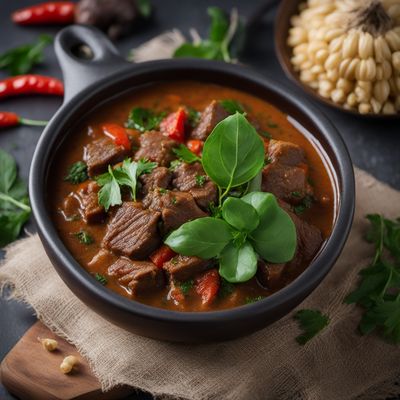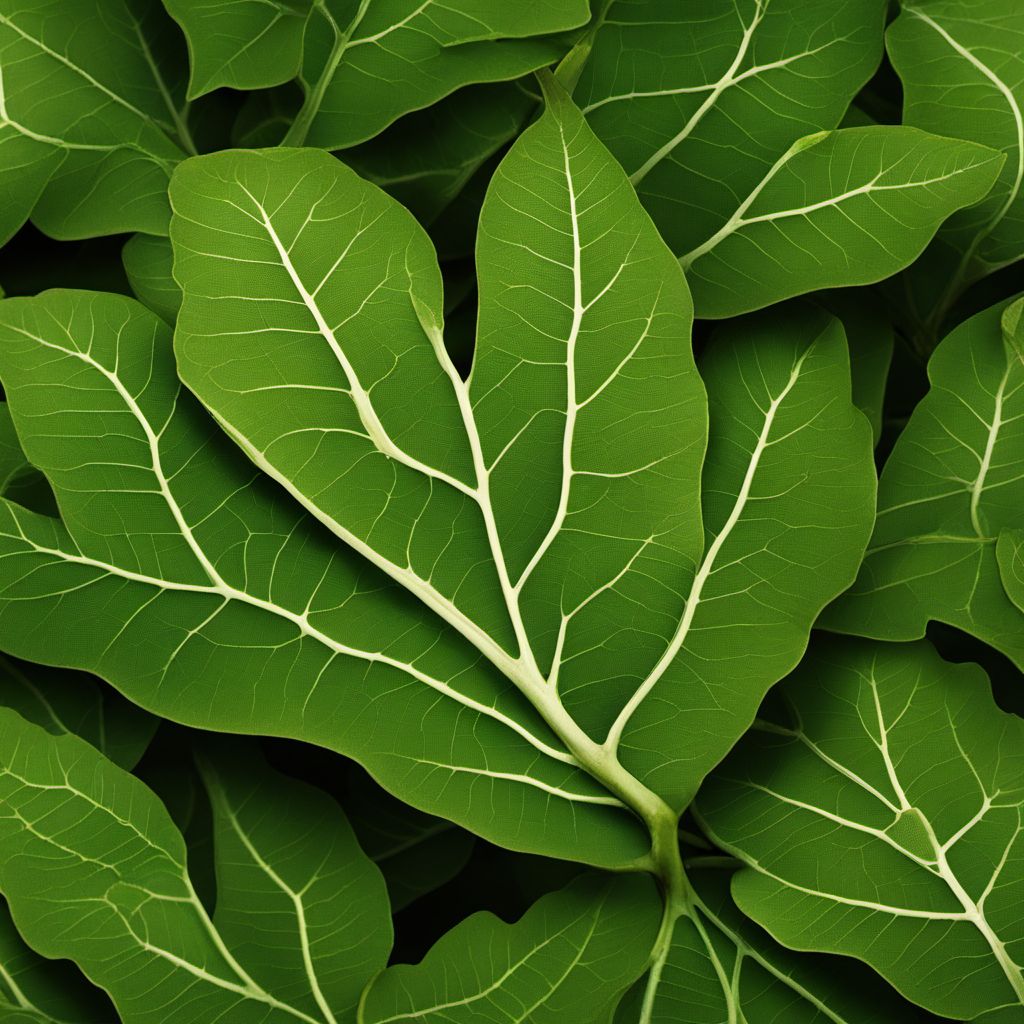
Ingredient
Baobab leaves
The Nutritional Powerhouse: Baobab Leaves Unveiled
Baobab leaves, derived from the iconic baobab tree, are characterized by their vibrant green color and unique shape. These leaves have a slightly tangy and citrusy flavor, reminiscent of lemon and sorrel, which adds a refreshing twist to dishes. With a tender yet slightly chewy texture, baobab leaves provide a delightful mouthfeel. Their appearance is striking, featuring large, fan-shaped leaves that are often used as a decorative element in culinary presentations.
Origins and history
Baobab leaves have a long history of culinary and cultural significance in various regions of Africa. The baobab tree, also known as the "Tree of Life," is native to the African continent and has been revered for centuries for its nutritional and medicinal properties. Baobab leaves have been traditionally used in African cuisines, particularly in West Africa, where they are incorporated into soups, stews, and sauces.
Nutritional information
Baobab leaves are a nutritional powerhouse, packed with essential vitamins and minerals such as vitamin C, vitamin A, iron, calcium, and potassium. They are also a good source of dietary fiber and antioxidants.
Allergens
Baobab leaves are generally considered safe and do not pose any known allergenic risks.
How to select
When selecting baobab leaves, look for fresh, vibrant green leaves that are free from blemishes or signs of wilting. Choose leaves that are pliable and not overly dry. If purchasing from a farmers market, opt for organic or sustainably sourced leaves whenever possible.
Storage recommendations
To maintain the freshness and quality of baobab leaves, store them in a plastic bag or airtight container in the refrigerator. They can stay fresh for up to a week. Alternatively, you can dry the leaves and store them in a cool, dry place for several months.
How to produce
Baobab trees can be grown from seeds or saplings in tropical or subtropical regions. They require well-drained soil and plenty of sunlight. However, it is important to note that baobab trees take several years to mature and produce leaves.
Preparation tips
Before using baobab leaves, rinse them thoroughly under cold water to remove any dirt or debris. The leaves can be blanched briefly in boiling water to soften them before incorporating them into soups, stews, or sauces. They can also be used as a wrap for steaming or grilling fish or vegetables, adding a unique flavor to the dish.
Culinary uses
Baobab leaves are commonly used in African cuisines, particularly in dishes such as egusi soup, palaver sauce, and groundnut soup. They can also be added to salads, stir-fries, or smoothies to enhance their nutritional value and add a tangy twist.
Availability
Baobab leaves are commonly available in regions of Africa where the baobab tree is native, such as West Africa. They can also be found in some specialty stores or online retailers that offer African ingredients.
More ingredients from this category » Browse all

Salsify leaves
The Verdant Delight: Unveiling the Hidden Potential of Salsify Leaves

Papaya leaves
The Healing Green
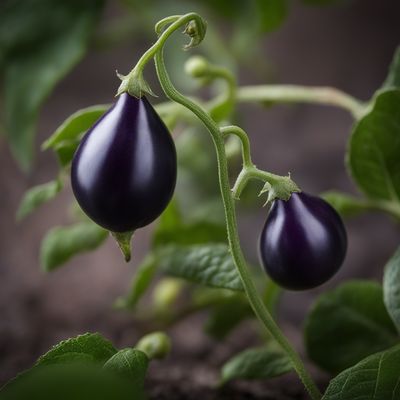
Nightshade, black
The Dark Delight: Unveiling the Secrets of Black Nightshade
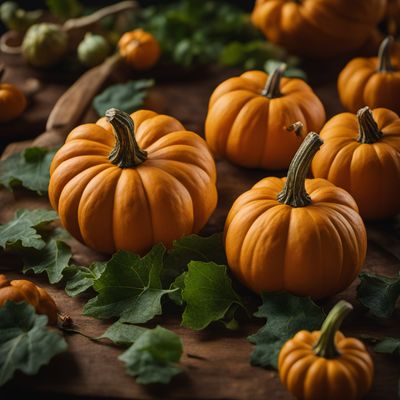
Pumpkin leaves
The Nutritious Greens: Pumpkin Leaves

Blumea leaves
The Aromatic Herb: Blumea Leaves
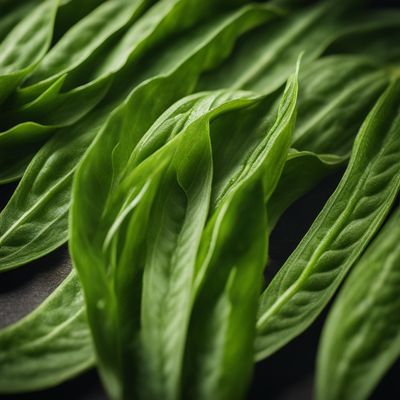
Plantain leaves
Versatile Wrapping Material

Mallow leaves
Velvety Greens with a Mild Bite

Marsh marigold leaves
The Golden Herb

Sowthistle leaves
Vibrant Greens Packed with Nutrients
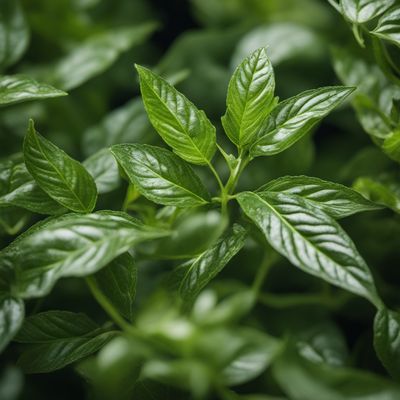
Pepper leaves
The Leafy Delight: Unveiling the Hidden Potential of Pepper Leaves
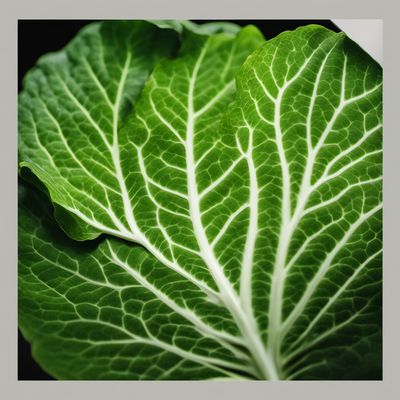
Taro leaves
The Verdant Delicacy: Taro Leaves
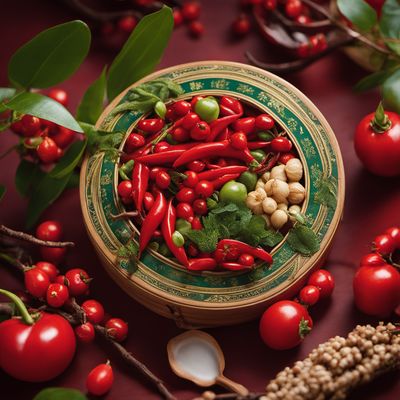
Box thorn
Nature's Tang
